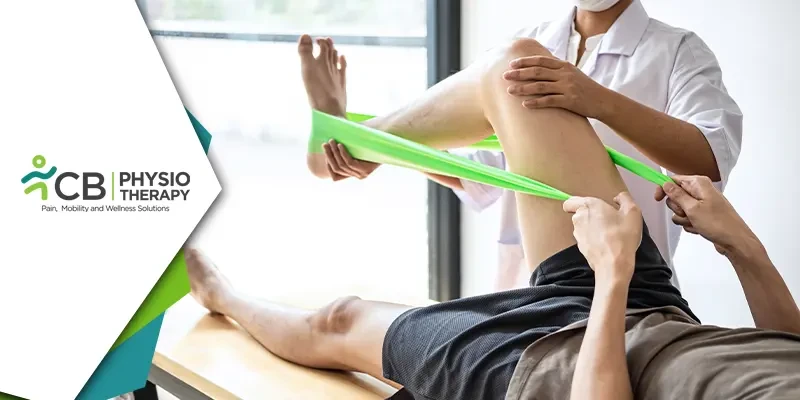Knee replacement surgery is a major medical procedure that involves the replacement of a damaged or diseased knee joint with an artificial joint. This procedure is often recommended to patients who are suffering from severe knee pain or who have lost mobility due to arthritis or injury. After knee replacement surgery, it is crucial to follow the proper precautions and guidelines recommended by a physiotherapist to ensure a successful recovery.
The following are some essential precautions and do's and don'ts that a physiotherapist may advise after knee replacement surgery:
Follow the prescribed rehabilitation program:
After knee replacement surgery, a physiotherapist will create a customized rehabilitation program tailored to your specific needs. It is essential to follow this program diligently to ensure a smooth and successful recovery. The program may include exercises, stretches, and movements to help improve strength, flexibility, and range of motion in the knee joint.
Keep the incision site clean and dry:
It is vital to keep the incision site clean and dry to prevent infection. A physiotherapist may advise you to cover the incision site with a waterproof dressing while showering or bathing to keep it dry. Avoid submerging the incision site in water until it has completely healed.
Use assistive devices:
After knee replacement surgery, you may need to use assistive devices such as crutches, walkers, or canes to help you move around safely. A physiotherapist can help you choose the right device and provide instructions on how to use it correctly.
Manage pain and swelling:
Pain and swelling are common after knee replacement surgery. Cryotherapy (ice packs or cold compresses) can be done to reduce swelling and pain. Pain medication may also be prescribed to manage discomfort.
Avoid certain movements:
After knee replacement surgery, it is essential to avoid certain movements that can strain or damage the knee joint. A physiotherapist may advise you to avoid twisting, pivoting, or squatting on the affected leg. High-impact activities such as running or jumping should also be avoided.
Wear appropriate footwear:
Wearing appropriate footwear can help support the knee joint and prevent injuries. Shoes with good arch support and cushioning are recommended by the therapist to reduce the impact on the knee joint.
Maintain a healthy weight:
Maintaining a healthy weight can help reduce stress on the knee joint and promote a faster recovery. A physiotherapist may recommend a healthy diet and exercise program to help you maintain a healthy weight.
Gradually increase activity level:
After knee replacement surgery, it is essential to gradually increase your activity level to avoid overexerting the knee joint. Gentle exercises and a gradual increase in the intensity and duration of the activity are recommended as the knee joint heals.
Attend follow-up appointments:
It is crucial to attend all follow-up appointments with your physiotherapist and surgeon to monitor your recovery progress. These appointments may include X-rays, physical examinations, and discussions about your rehabilitation program.
Avoid driving until cleared by your surgeon:
After knee replacement surgery, it may take several weeks before you are cleared to drive. A physiotherapist may advise against driving until your surgeon has cleared you to do so.
Knee replacement surgery is a significant procedure that requires proper care and precautions to ensure a successful recovery. Following the advice of a physiotherapist is essential to reduce pain, swelling, and complications and improve mobility and function in the knee joint. By following these precautions and do's and don'ts, you can achieve a smooth and successful recovery after knee replacement surgery.

